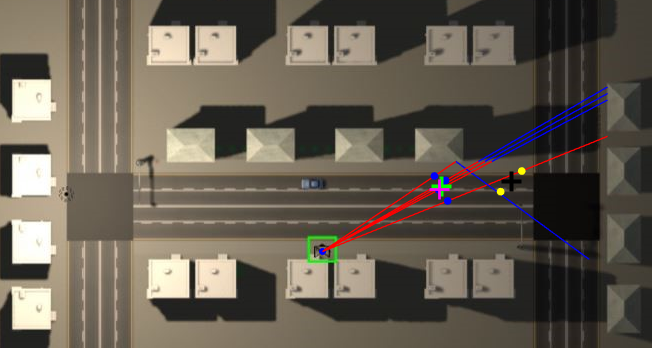MAP-CSI: Single-site Map-Assisted Localization Using Massive MIMO CSI
This paper presents a new map-assisted localization approach utilizing Chanel State Information (CSI) in Massive Multiple-Input Multiple-Output (MIMO) systems. Map-assisted localization is an environment-aware approach in which the communication system has information regarding the surrounding environment. By combining radio frequency ray tracing parameters of the multipath components (MPC) with the environment map, it is possible to accomplish localization. Unfortunately, in real-world scenarios, ray tracing parameters are typically not explicitly available. Thus, additional complexity is added at a base station to obtain this information. On the other hand, CSI is a common communication parameter, usually estimated for any communication channel. In this work, we leverage the already available CSI data to propose a novel map-assisted CSI localization approach, referred to as MAP-CSI. We show that Angle-of-Departure (AoD) and Time-of-Arrival (ToA) can be extracted from CSI and then be used in combination with the environment map to localize the user. We perform simulations on a public MIMO dataset and show that our method works for both line-of-sight (LOS) and non-line-of-sight (NLOS) scenarios. We compare our method to the state-of-the-art (SoA) method that uses the ray tracing data. Using MAP-CSI, we accomplish an average localization error of 1.8 m in LOS and 2.8 m in mixed (combination of LOS and NLOS samples) scenarios. On the other hand, SoA ray tracing has an average error of 1.0 m and 2.2 m, respectively, but requires explicit AoD and ToA information to perform the localization task.
PDF Abstract